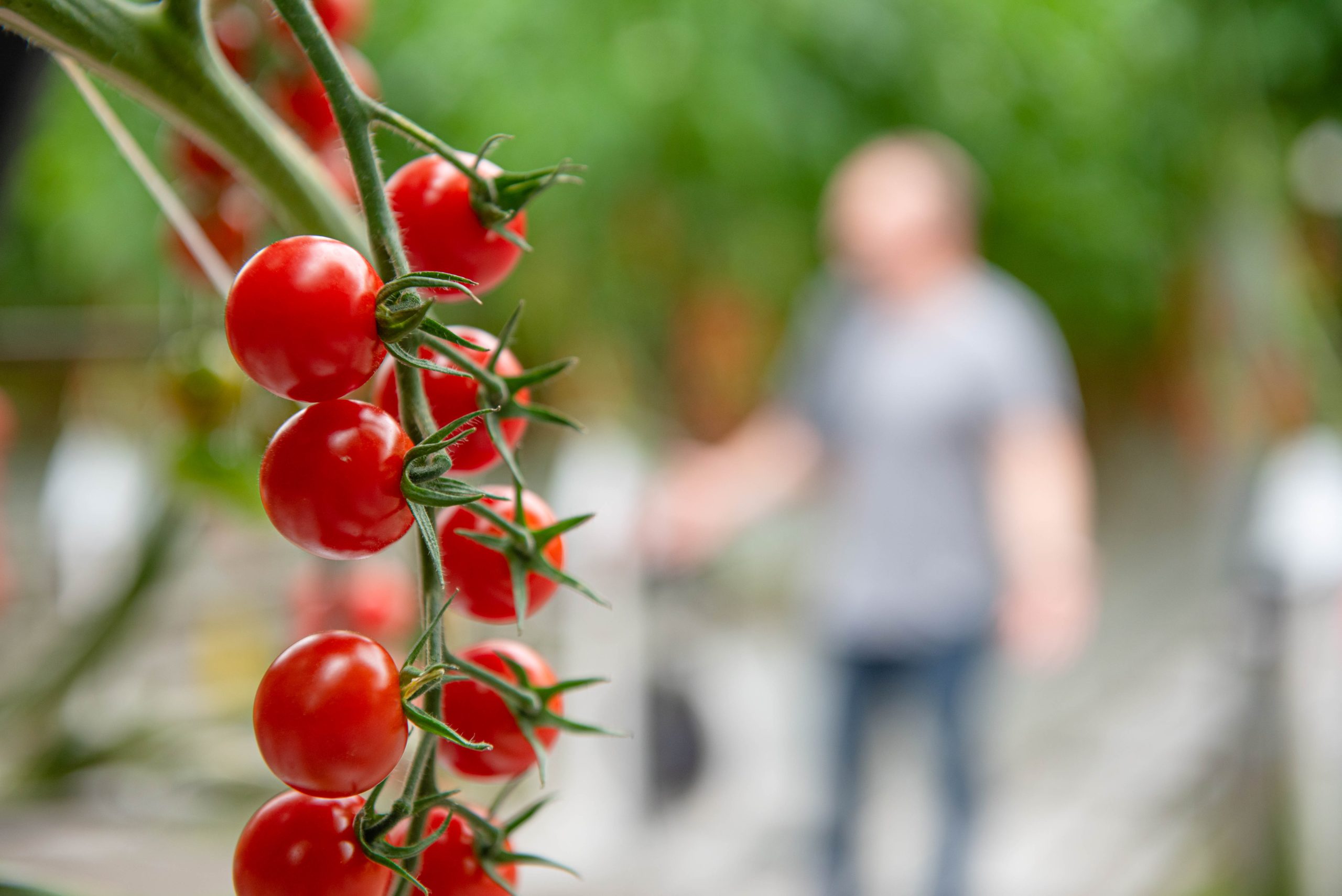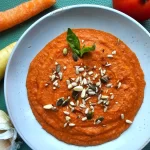Harvesting tomatoes is one of the most rewarding moments for any gardener. After months of nurturing your plants, watching them grow, and protecting them from pests and diseases, the time finally arrives to pick the fruits of your labour.
But when is the right time to harvest? And how can you ensure you’re getting the best-tasting tomatoes? Let’s dive into the art of harvesting tomatoes and make sure your efforts result in a delicious, bountiful harvest.
- Knowing When Your Tomatoes Are Ready
Timing is everything when it comes to harvesting tomatoes. The key is to pick them when they’re fully ripe, which varies depending on the variety of tomato you’re growing. Here are some general guidelines:
- Colour: Ripe tomatoes will have a rich, deep colour. For red tomatoes, this means a vibrant red without any green spots. Yellow, orange, and purple varieties should have consistent colouring that reflects their specific variety. If your tomato still has hints of green, it’s best to leave it on the vine a bit longer.
- Feel: Gently squeeze the tomato—ripe tomatoes should be firm but give slightly under pressure. If they’re rock hard, they need more time. If they’re too soft or mushy, they might be overripe.
- Smell: A ripe tomato will have a sweet, earthy aroma near the stem. If it smells bland or has no scent at all, it might not be ready yet.
- How to Harvest Your Tomatoes
Once you’ve identified the ripe tomatoes, it’s time to harvest them carefully to avoid damaging the plant or the fruit. Here’s how:
- Use Your Hands: The easiest way to harvest tomatoes is by using your hands. Gently twist the tomato until it detaches from the vine. If it doesn’t come off easily, it might need a bit more time.
- Use Pruning Shears: For larger or more delicate tomatoes, you might want to use pruning shears. Snip the stem just above the tomato to avoid bruising the fruit. This method is also good for avoiding damage to the plant, which is especially important if it’s still producing fruit.
- Harvesting in Stages: Not all tomatoes on a plant will ripen at the same time. It’s best to check your plants daily and harvest the ripe fruits as they’re ready. This will also encourage the plant to produce more fruit.
- Storing and Using Your Harvest
Once you’ve harvested your tomatoes, proper storage is key to preserving their flavour and texture:
- Room Temperature: Tomatoes should be stored at room temperature if you plan to use them within a few days. This will keep them fresh and juicy. Avoid refrigerating tomatoes unless they’re overripe or you can’t use them right away, as cold temperatures can make them mealy and dull their flavour.
- Ripening Green Tomatoes: If you have green tomatoes at the end of the season, you can still ripen them indoors. Place them in a paper bag with a banana or apple to speed up the ripening process, as these fruits release ethylene gas, which encourages ripening.
- Preserving Your Harvest: If you find yourself with more tomatoes than you can use, consider preserving them. You can make tomato sauce, salsa, or can the tomatoes to enjoy them long after the growing season has ended.
Harvesting tomatoes is both a science and an art. By paying attention to colour, feel, and aroma, you can ensure that you’re picking tomatoes at their peak flavour. And with the right harvesting techniques, you’ll keep your plants healthy and productive throughout the season.
Whether you’re eating them fresh, preserving them for later, or sharing them with friends and family, there’s nothing quite like the taste of a home-grown tomato. So get out in the garden, enjoy the harvest, and savour the fruits of your labour!







